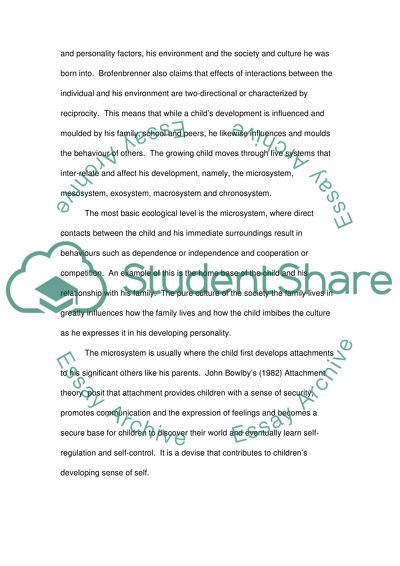Cite this document
(“Child Development Theories in Focus Essay Example | Topics and Well Written Essays - 2500 words”, n.d.)
Retrieved from https://studentshare.org/education/1441438-this-assignment-will-be-looking-into
Retrieved from https://studentshare.org/education/1441438-this-assignment-will-be-looking-into
(Child Development Theories in Focus Essay Example | Topics and Well Written Essays - 2500 Words)
https://studentshare.org/education/1441438-this-assignment-will-be-looking-into.
https://studentshare.org/education/1441438-this-assignment-will-be-looking-into.
“Child Development Theories in Focus Essay Example | Topics and Well Written Essays - 2500 Words”, n.d. https://studentshare.org/education/1441438-this-assignment-will-be-looking-into.


